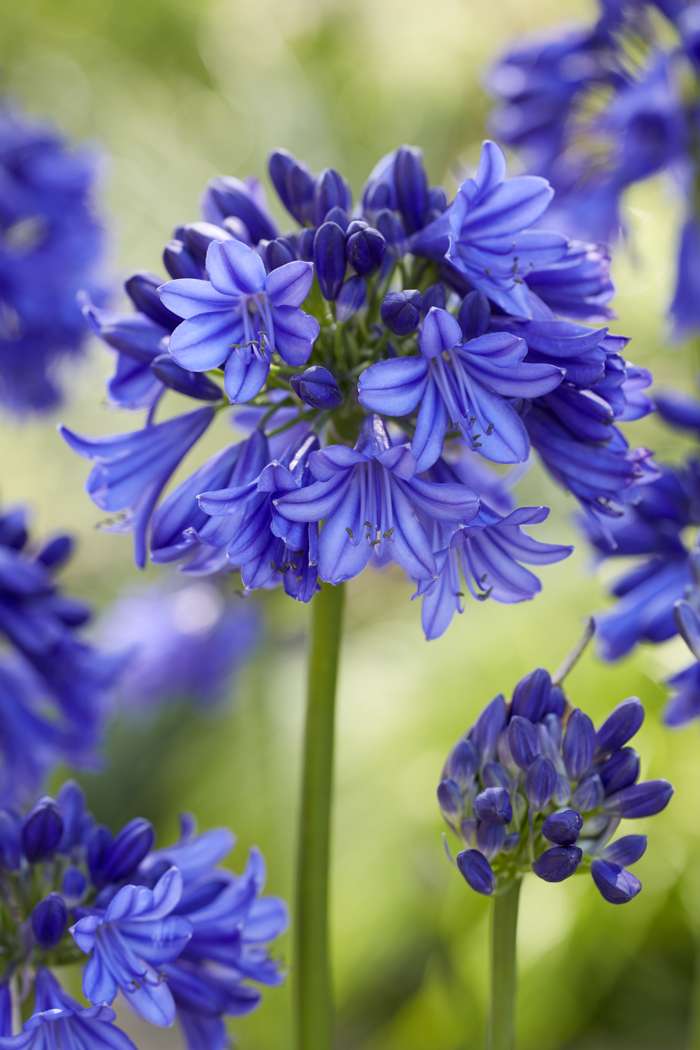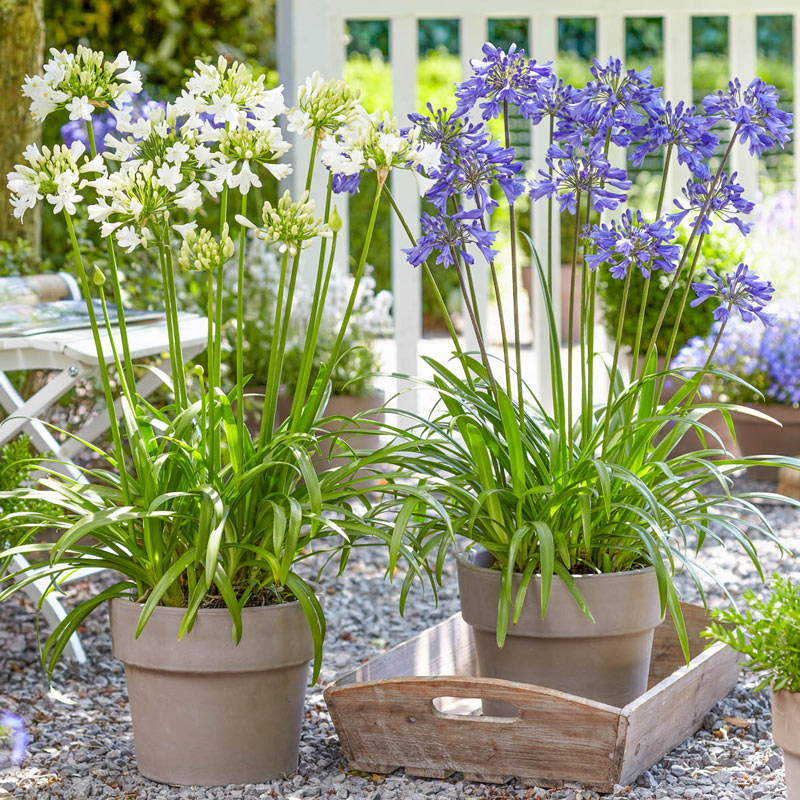Understanding the Art of Agapanthus Treatment: Important Steps for Healthy Growth and Lively Flowers
In the realm of gardening, the growing of agapanthus stands as a rewarding undertaking for those who look for to support these classy flowering plants. From choosing the ideal selection to understanding trimming techniques, the journey towards cultivating growing agapanthus plants is complex and holds the vital to opening the full capacity of these agricultural gems.

Selecting the Right Agapanthus Selection

When selecting the right Agapanthus variety for your garden, think about elements such as climate suitability, bloom shade, and growth behavior. Furthermore, consider the environment in your region to make sure the Agapanthus range you choose can flourish in your particular problems. Comprehending the development routine of various Agapanthus ranges is essential for proper positioning within your yard.
Ideal Planting Problems
Taking into consideration the ideal environmental demands is crucial for effective Agapanthus farming. Agapanthus prospers in well-draining dirt with a somewhat acidic to neutral pH degree. When planting, select an area that gets complete sunshine to partial shade. In hotter climates, offering some mid-day shade can protect against scorching of the leaves. Agapanthus plants are sensitive to chilly temperatures and ought to be secured from frost during wintertime months.
To ensure healthy and balanced growth and vivid blooms, plant Agapanthus light bulbs at a depth of about 2-4 inches and area them 8-12 inches apart. Adding raw material, such as compost, to the dirt can enhance water drainage and fertility, advertising durable root advancement. Mulching around the base of the plants helps maintain wetness and subdues weed growth. Normal watering is vital, particularly during the expanding period, to keep the soil consistently wet yet not saturated.
Watering and Feeding Tips
Preserving proper wetness degrees and giving important nutrients are vital components in the treatment regimen for Agapanthus plants. When it comes to sprinkling Agapanthus, it is vital to strike a balance. These plants choose consistently moist dirt yet are susceptible to root rot if overwatered.
Feeding Agapanthus is crucial for advertising healthy and balanced development and respected blooms. Use a well balanced plant food, such as a 10-10-10 formula, in the very early spring as brand-new development emerges. Repeat this application every 6-8 weeks throughout the expanding period. Stay clear of excessive fertilizing, as it can cause lush vegetation at the expense of blooms. Always adhere to the maker's directions for appropriate dilution and application approaches. By following these watering and feeding tips, you can ensure your Agapanthus plants prosper and generate dynamic, resilient blossoms.
Trimming Techniques for Agapanthus
Trimming Agapanthus plants at read review the suitable times and with proper strategies is important for maintaining their health and wellness and advertising optimal growth and blooming. The ideal time to trim Agapanthus is in late wintertime or very early springtime prior to brand-new growth arises. Begin by getting rid of any dead or yellowing fallen leaves near the base of the plant. Cut them as short as possible without damaging the emerging shoots.
For flowered stems, wait until the blooms have perished and after that trim them back to the base. This not just tidies up the plant's appearance but likewise encourages the development of brand-new blossom buds. Deadheading spent pop over to these guys flowers can likewise reroute the plant's energy into producing even more blossoms instead of setting seeds. Nevertheless, if you wish to accumulate seeds for propagation, leave some flowers to dry and fully grown on the plant.
Keep in mind to make use of clean, sharp devices to make exact visit our website cuts and lower the danger of presenting illness. Agapanthus. Regular trimming will certainly aid keep your Agapanthus looking cool and healthy and balanced while making certain a bountiful display of attractive blossoms
Managing Usual Bugs and Conditions
After ensuring correct trimming methods for Agapanthus, it is essential to deal with typical insects and diseases that can impact the health and wellness and vitality of these plants. One usual insect that impacts Agapanthus is the Agapanthus gall midge.
In addition, Agapanthus plants can endure from origin rot if they are planted in inadequately draining pipes soil. By being vigilant and taking punctual activity versus bugs and illness, you can help your Agapanthus plants prosper and produce dynamic flowers. Agapanthus.

Conclusion
To conclude, mastering the art of agapanthus care includes picking the appropriate variety, offering excellent planting problems, correct watering and feeding, suitable pruning strategies, and resolving typical parasites and conditions. By following these important actions, you can guarantee healthy and balanced development and vibrant flowers for your agapanthus plants. Remember to on a regular basis check and maintain your plants to advertise their overall wellness and longevity.
To make sure healthy development and lively blooms, plant Agapanthus bulbs at a depth of about 2-4 inches and space them 8-12 inches apart. By following these watering and feeding pointers, you can guarantee your Agapanthus plants prosper and generate dynamic, lasting flowers.
One typical pest that affects Agapanthus is the Agapanthus gall midge. Additionally, Agapanthus plants can experience from origin rot if they are planted in poorly draining pipes soil. By following these important actions, you can guarantee healthy and balanced development and vibrant blooms for your agapanthus plants.